 By Pat Roe, Vice President, Philanthropy, Strada Education Network
By Pat Roe, Vice President, Philanthropy, Strada Education Network
In the mid-’70s, Indianapolis community leaders cited a number of reasons why African-American youth were failing to graduate from high school, not entering college, and falling short in career achievement. The Center for Leadership Development (CLD) answered the call to develop meaningful experiences to promote education and careers to students and their parents.
Forty years and thousands of success stories later, CLD continues to foster academic excellence for minority students. At the recent Minority Achievers Awards & Scholarship Gala, 3,000 people packed the Indiana Convention Center to see CLD award more than $3.2 million in scholarships to 46 local students. These students will attend 20 higher education institutions in Indiana as well as schools outside of the state. The scholarships also will support attendance at Indiana high schools.
One high-achieving student I spoke with that night, Zipporah Melton, received a scholarship to attend North Carolina A&T State University. Through CLD, she received assistance with medical career exploration, preparing for college, and preparing for the SAT. She has taken part in networking and volunteerism.
“Through the Center for Leadership Development, I have gained great leadership skills that will help me succeed in life,” she says. “I’m very thankful for this life-changing experience.”
The event also honored outstanding minority achievement in the Indianapolis community.
As amazing as the gala was, it’s just the latest success for CLD and the many students and families it’s served. Statistics for 2016 offer a snapshot of why CLD often is called “A Center of Hope.”
 In its four decades of serving Indianapolis minority students and their families, CLD has demonstrated a commitment to transformative programming. CLD offers values-based, results-driven guidance and instruction from caring, local, college-educated professionals.
In its four decades of serving Indianapolis minority students and their families, CLD has demonstrated a commitment to transformative programming. CLD offers values-based, results-driven guidance and instruction from caring, local, college-educated professionals.
Through more than a dozen programs, CLD addresses the opportunity gaps that persist for young people of color. The organization supports students age 10-18 through services such as:
- Career advising.
- Academic assessments.
- No-cost reading assistance and tutoring.
- Licensed guidance counseling.
- College research and selection assistance.
- Success planning.
- Internship opportunities.
- Career assessments.
Additionally, CLD partners with 23 higher education institutions throughout the state to provide full and partial scholarships to cover tuition and room and board as well as equipment and study-abroad opportunities.

CLD President Dennis Bland sums up the organization’s success in bolstering students’ academic and career achievement in this way: “For years the Center for Leadership Development has stood as an answer for so many youth and families. CLD stands as a beacon, a true Center of Hope, for youth and families throughout the African-American community.”
That Center of Hope for education and career success aligns with the Strada Education NetworkSM focus on Completion With a Purpose®, enhancing student success in college — or other postsecondary education programs — and careers. We’re proud to support the work of CLD to create the best college and career pathways for African-American students in our hometown of Indianapolis.

 By Roderick Wheeler, Senior Program Director, Philanthropy, Strada Education Network
By Roderick Wheeler, Senior Program Director, Philanthropy, Strada Education Network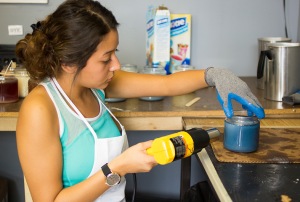
 By Jaimie Francis, Director, Programs and Operations, U.S. Chamber of Commerce Foundation Center for Education and Workforce
By Jaimie Francis, Director, Programs and Operations, U.S. Chamber of Commerce Foundation Center for Education and Workforce
 By Lorenzo L. Esters, Vice President, Philanthropy, Strada Education Network
By Lorenzo L. Esters, Vice President, Philanthropy, Strada Education Network

 By Alison Griffin, Senior Vice President, External and Government Relations, Strada Education Network
By Alison Griffin, Senior Vice President, External and Government Relations, Strada Education Network




 By Daryl Graham, Senior Vice President, Philanthropy, USA Funds
By Daryl Graham, Senior Vice President, Philanthropy, USA Funds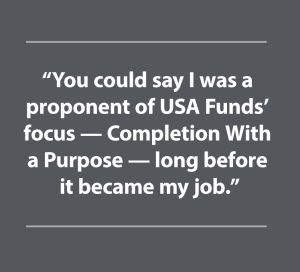 I’ve long been committed to the principle behind Completion With a Purpose, that students need to understand their opportunities and follow their own surest paths to completing postsecondary education or training and succeeding at work and life.
I’ve long been committed to the principle behind Completion With a Purpose, that students need to understand their opportunities and follow their own surest paths to completing postsecondary education or training and succeeding at work and life. The paper is part of a
The paper is part of a 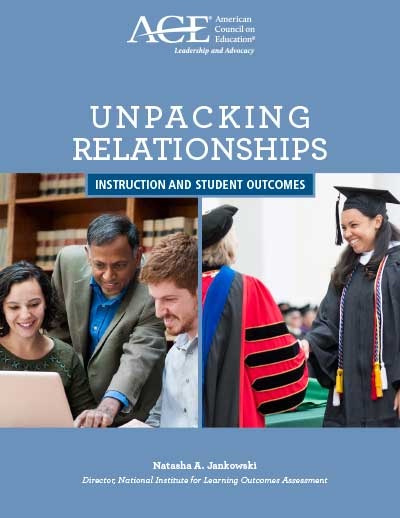
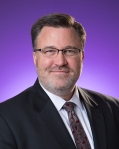 By Derek Redelman, Vice President, Research & Policy, USA Funds
By Derek Redelman, Vice President, Research & Policy, USA Funds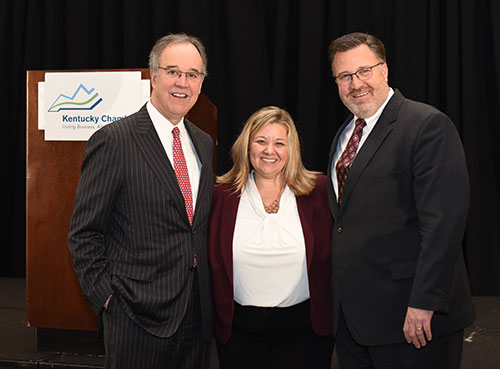
 By George L. Mehaffy, Vice President for Academic Leadership and Change, AASCU
By George L. Mehaffy, Vice President for Academic Leadership and Change, AASCU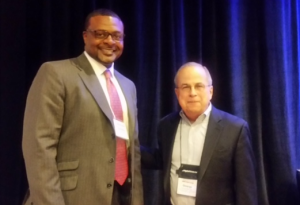
 By Bill Hansen, USA Funds President and CEO
By Bill Hansen, USA Funds President and CEO